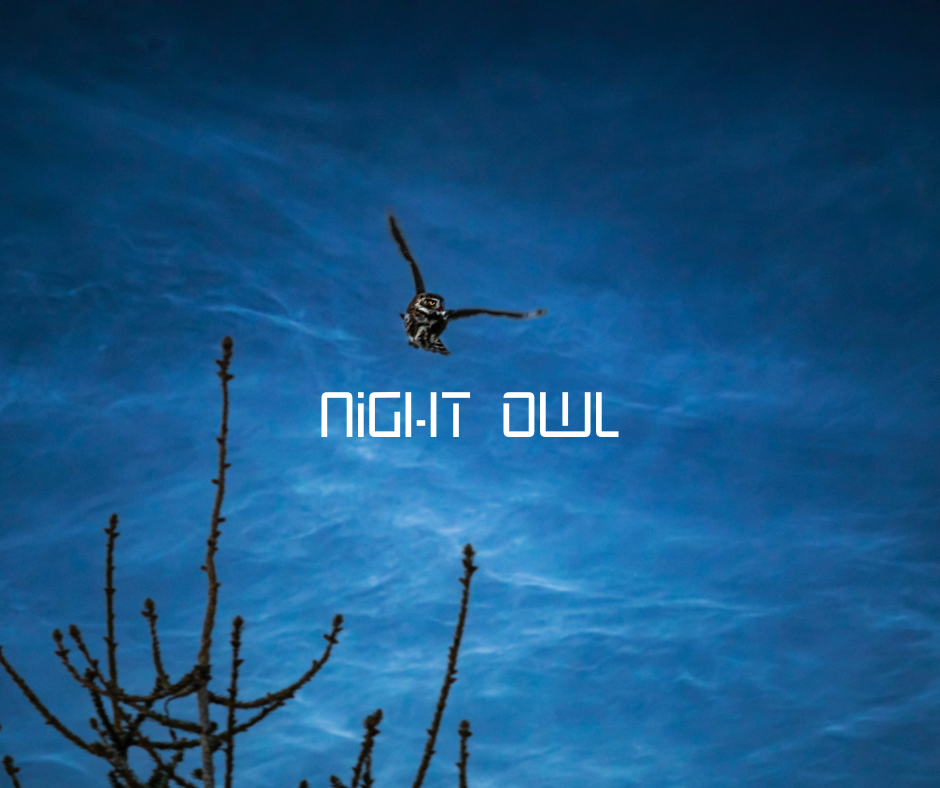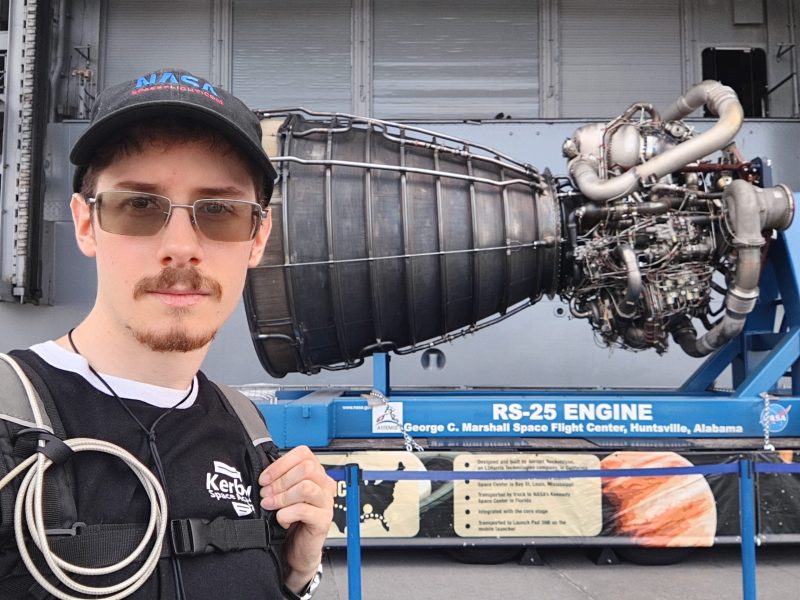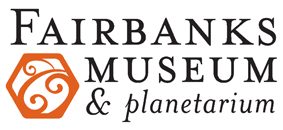

Fairbanks Night Owl Club
This live-streamed conversation engages astronomy and space exploration educators and expert guests on current topics. The Lyman Spitzer Jr. Planetarium is the only public planetarium in Vermont, and our astronomy educators are connected with the latest NASA projects.
We’ll bring a passion for space exploration and astronomy events to this monthly conversation, where you can bring your questions and observations. Together, we’ll discover the latest images from deep space, once-in-a-lifetime astronomical occurrences, and advances in space technology that make our solar system more accessible. We’ll also uncover new mysteries and celebrate achievements in understanding our universe.
Drawing on monthly updates from planetarium director Mark Breen, astronomy and spaceflight presenter Christian Bradley Hubbs will highlight a few topics with images and deeper explanations. Come with questions or simply listen-in for your Night Owl inspiration that will help you read the night sky through the month.
Recent Night Owl Guests
February 2025: Mariama Jones
April 2024: Bobby Farlice-Rubio
February 2024: Mark Breen
December 2023: Carl Brandon, Ph.D. Professor at Vermont Technical College
November 2023: Rita Ciambra Peoples Academy science teacher and junior Max Kuhnle – NASA astronomy research on “young stellar objects” (stars in the process of forming)
September 2023: Sydney Rollins from NoMADS: Team Cooke – “Team Cooke’s Novel Methods of Antibiotic Discovery in Space is sending a payload to the International Space Station”
August 2023: Cecilia Detrich from Stellafane – Middle school science teacher, vice president of Springfield Telescope Makers
July 2023: Ellen Brennan (LIVE) – Program Administrator VT Space Grant Consortium/NASA EPSCoR
Skylab Launch 50th Anniversary
May 14 marked the 50th anniversary of the launch of Skylab, the first US space station. The 75-ton station launched on the final Saturn V, originally intended for the canceled Apollo 18 mission. Instead of using the third stage of the rocket for propelling the craft to the Moon, NASA converted it into this station. The development of the station had been part of the Apollo Applications Program, which sought to use Apollo developed hardware and technology for other activities in space.
The launch had several issues including the non-deployment of one of two solar panels and the loss of the solar shade for thermal protection while in orbit. The first crew to arrive at the station fixed these issues and made the station fully habitable and operational. The station featured a solar observatory called the Apollo Telescope and a laboratory area for the crew to do scientific and biological experiments. It provided NASA with the first platform for long-term human presence in orbit and the ability to study the effects of being in that environment for months rather than the days and weeks of previous missions.
The Skylab 2, 3, and 4 missions would launch later the same year using the smaller Saturn IB rockets and each brought a crew of three astronauts in an Apollo Command & Service Module. Crews stayed roughly three months at a time, with the final crew leaving the station in February 1974. The Skylab 5 mission was planned to launch in 1974 and reboost the station into a higher orbit, but this was cancelled. With the Space Shuttle Program under development at the time, NASA planned to launch a Shuttle to boost the station instead by 1978. However, the first Space Shuttle launches wouldn’t happen until 1981, and due to an increase in solar activity affecting the upper atmosphere, Skylab would deorbit in July 1979 over Western Australia.
Subsequently, NASA made plans to develop another US space station. Several Space Shuttles launched with a laboratory module called Spacelab in the payload bay. This was used until a new station was launched. In the late 80s, NASA began developing the Space Station Freedom. In the 90s, Space Shuttles would dock with the original Russian Mir station several times in a partnership between NASA and Roscosmos. Eventually, Space Station Freedom would become the US segment of the International Space Station along with the Russian Mir 2, European Columbus, and Japanese Kibo segments.

